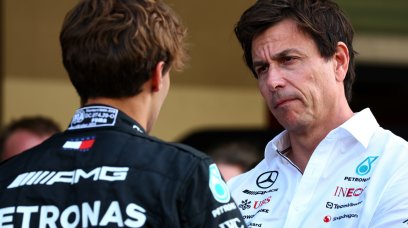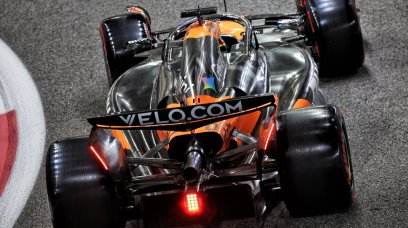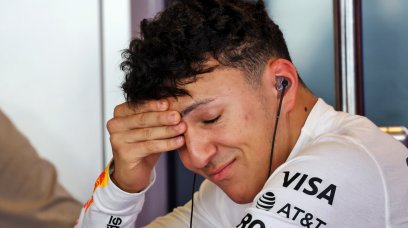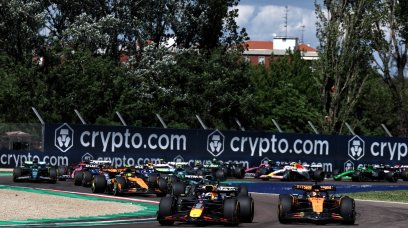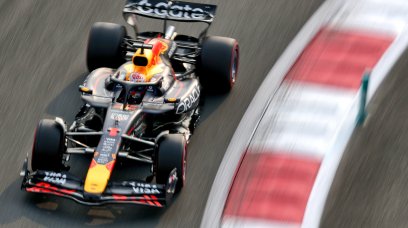Ahead of the Canadian Grand Prix, the FIA have announced that they will soon step in, with safety in mind, to reduce or eliminate porpoising in F1. The FIA plan to introduce a metric, based on the car’s vertical acceleration, that will give a quantitative limit for acceptable levels of bouncing. They will also increase the scrutiny of under-car planks and skids, both in terms of their design and wear. That could spell bad news for the teams who are bouncing the most, such as Mercedes and Ferrari. They will now no longer be able to run their cars in ways so that they bounce severely, despite setups in which they do often being faster. Meanwhile, the likes of Red Bull, are yet to suffer badly with porpoising, can continue to run their cars without dramatic change.
What can an F1 team do against porpoising?.
The easiest solution to reduce the effects of porpoising is to increase the ride height of the car. As a result, the car is further from the ground and cannot be sucked so close, by downforce, that the car bottoms out. The FIA have already made clear that they plan to examine under-car planks and skids in search of wear generated by bouncing on the tarmac at high speeds. Increasing the ride height will have a direct impact on the ground effect of the F1 cars, resulting in less downforce, less grip and slower lap times. Therefore, teams have been running their cars as low to the ground as possible. However, the exact measures the FIA will implement to tackle porpoising are not yet known, so it remains possible that Ferrari and Mercedes (and other teams who are fighting severe bouncing) could escape unscathed.
Most read

